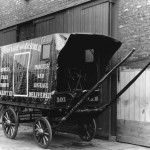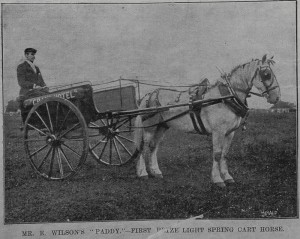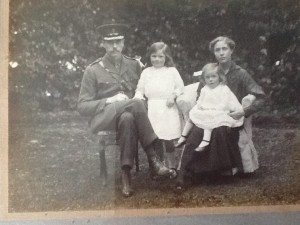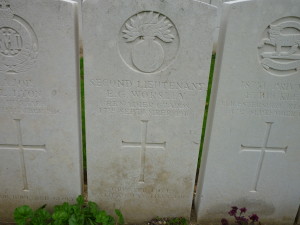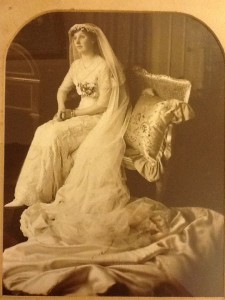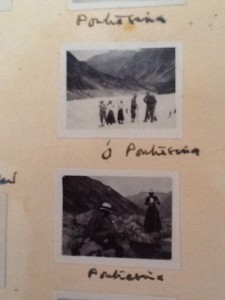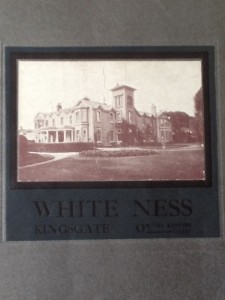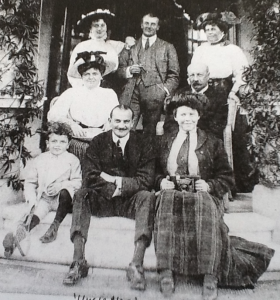From 2006 to 2018, Richard Atkinson worked as an editor at Bloomsbury publishers, rising to senior commissioning editor and responsible for some of the most successful illustrated cookbooks of the last two decades, including Hugh Fearnley-Whittingstall’s River Cottage series. From 2010, he was increasingly occupied with researching and writing his own first book, a family memoir published by 4th Estate in 2020, entitled Mr Atkinson’s Rum  Contract: the story of a tangled inheritance.
Contract: the story of a tangled inheritance.
I should confess that I am not usually a reader of other people’s family histories. Like Benjamin Disraeli’s taste in novels, if I want to read one, I will write one. In 2011, I had a vague plan to do that, and coincidentally discovered that the Faber Academy were offering a course in how to research and write a family history. Richard Atkinson attended the same course, so when I noticed his book had been published recently, I was curious enough to purchase a copy.
At around 400 pages – difficult to estimate in Kindle format – I doubted it would hold my attention to the end, unless it was the type of creative non-fiction narrative that piles revelation upon revelation, like a thriller, until arriving at the final dramatic denouement which satisfies the reader. But, unlike a fictional thriller, a family history has to make do with what actually happened, which can be a tad unfulfilling.
So, in approaching Richard’s book, I was looking for a quest that brought associations with my own ancestral research, taking me on a journey alongside the author which chimed with my own experience of life-writing.
I wanted to read about the unwrapping of family secrets, persuasive insights gleaned from fragmentary evidence, and some interesting characters plucked from historical obscurity to be given belated recognition. I needed to be convinced by the author’s motivation for starting out on the quest and then choosing to publish, by his honesty and self-awareness. Of course, I was hoping he would be able to convey an enthusiastic engagement with story at the heart of the book, but there also had to be connections with the wider world in which his family moved. And if his research had uncovered some intriguing situations that professional historians had overlooked, that would pretty much seal the deal for me.
And to aid me through this family’s “tangled inheritance”, I expected such ingredients as family trees, photographs, maps, timelines, notes and references, and quality indexing.
Did the book deliver for me?
Richard Atkinson has marshalled a huge amount of material to construct an exhaustive account of his Atkinson ancestors, from Westmorland tanners to one of the richest families in Jamaica. The family fortune was wrecked by a series of bitter lawsuits. By the 1970s, it consisted of a decrepit Cumbrian mansion, Temple Sowerby House, and a dusty box of bundles of family correspondence which Richard’s mother kept on top of a cupboard, together with the handwritten family tree compiled by his father. When Richard Atkinson got around to reading the correspondence, he found among it a list of the names and monetary value of nearly 200 slaves on a Jamaican plantation in 1801.
Richard Atkinson’s account of his family’s involvement in the slave trade and plantation labour in the British West Indies is probably not unique. The Legacies of British Slave-ownership project at UCL showed in 2015 that at least 3000 Britons were paid compensation when the Slavery Abolition Act was passed in 1833. Deriving income from slave ownership was not confined to the wealthy merchant and upper classes, and I think family historians today would not be less astonished or shocked to discover an ancestor’s connection with slave-owning than Richard Atkinson was in 2007.
At the heart of the book is the life story of the author’s x5 times great uncle and namesake, Richard “Rum” Atkinson. “Rum” became a merchant and profiteer, an East India Company Director, an MP, an Alderman of the City of London, a slave owner, the financial advisor and rejected suitor of an Earl’s daughter, and the posthumous initiator of the bitter family feud that wrecked the family fortunes.
Personally, I’m an enthusiast for Chancery cases and the insights they provide into family feuds and business relationships. They often went on for years or decades. Challenging in complexity, and definitely not accessible online, the records can include absolute gems of documentation for the genealogist or historian.
The twists and turns of litigation spanning forty years which arose from “Rum” Atkinson’s contested estate made a fine case study. The detailed account, through the prism of further generations, of the fate of the Jamaican estates in the wake of abolition and free trade in commodities to Britain, was a revelation to me. However, the subsequent stories of people on his particular branch of the family tree were less engrossing, seemingly serving mainly as the device by which to bring the book back to the bundle of family correspondence with which it started.
As family historians, we’ve probably all been forewarned to expect to find, and have to personally address, ancestral involvements and behaviours that today are considered repugnant. Richard Atkinson is no exception. He has done that by publishing a frank account of his family’s involvement in slavery.
But his ancestors were also witness, through their political and social connections, to some of the most momentous times in eighteenth century history. When reading the book, I was constantly encountering figures and events dimly remembered from schooldays. And I was genuinely delighted for Richard when he was able to piece together, by working with family archives, Rum Atkinson’s role in the ‘coup’ that ushered William Pitt the Younger into power – previously not fully recognised by professional historians.
I would recommend Mr Atkinson’s Rum Contract to anyone considering researching and writing their family history. You will learn much from the author’s account of how he went about his quest, the daunting amount of time and travel, the dedication and obsession to navigate labyrinths of documentary records, and the effort of producing a commercially published book.
But, please, include a timeline in your own family history book.
Annie Hedington

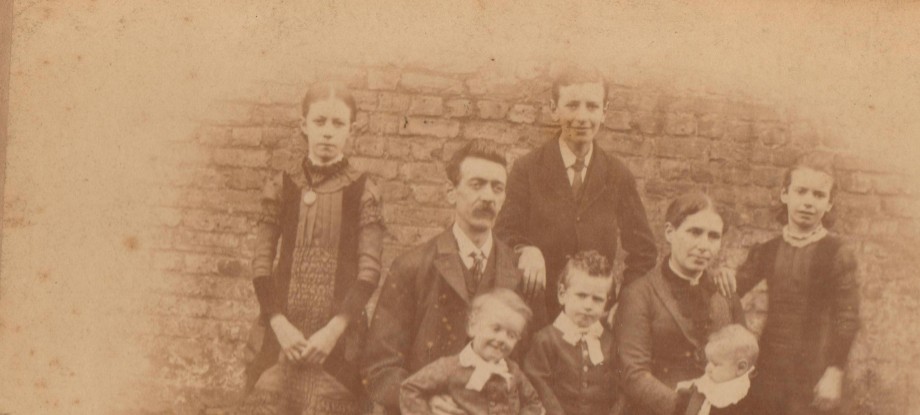




![James and Edith Harper [my great-grandparents]at their daughter, Flo's wedding, in 1924.](https://writingfamilyhistory.co.uk/wp-content/uploads/2015/11/IMG_0510-e1447498422514-300x225.jpg)
